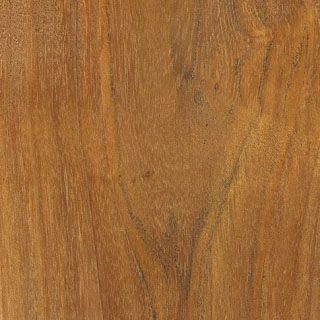
Monday, 22 September 2008
Tuesday, 16 September 2008
Notes: Term 1, Week 3 - Hardwoods and Softwoods

Properties:
Teak is a hard hardwood, it is heavy and strong. It has a high durability and is strong in strength. Teak originated in India and Burma.
Uses:
Teak is used to build boats, cabinets, other furniture, flooring and decorative veneers.
Other:
It is best to use an oil finish when using teak. It can also be difficult to glue and its dust has known to be an irritant.
 Properties:
Properties:
American Birch is a hard hardwood, it is heavy and strong but has a low durability. It originated from USA and Canada. Birch also finishes well.
Uses:
Making furniture, quality joinery, dowels and flooring. It is also used in the manufacture of plywood.
 Properties:
Properties:
English Elm is a hardwood with an intermediate hardness. It has an intermediate weight and low durability. It finishes well but is not suitable for exterior work.
Uses:
Used for cabinet making, Windsor chairs, boat building, flooring and coffins.
Douglas-fir
 Properties:
Properties:
Douglas- fir is a softwood, it
Uses:
Douglas-fir is commonly used in the construction industry. It has also been used for home built aircraft. They are also the most common Christmas tree in the USA.
Wednesday, 3 September 2008
Notes: Term 1, Week 1 - Natural woods
Hardwoods are generally deciduous broad-leaved species. Some examples of hardwoods would be:
Oak, Ash, Walnut, Yew, Beech, Teak
Softwoods:
Softwoods are generally evergreen. Some examples of softwoods would be:
Scots pine, Spruce, Douglas fir
Problems with using wood:
Woods is a natural material and so can have many defects. It is not consistent in structure. A common problem found in wood is knots. These found where branches have started to grow out of the trunk. Knots can weaken the structure as well as produce and irregular grain.
Conversion:
Conversion is the term used when sawing a tree trunk into usable pieces of timber. The choice of conversion method can enhance the grain and help make the materials more stable.
Different methods of sawing:
There are 2 main ways timber is cut into planks. Plain sawing and quarter sawing.

When the wood is plain sawn the planks produced are of a lower quality but more planks are produced as you are maximising the amount of wood you are getting from the trunk. When the wood is quarter sawn a higher quality of plank is produced but less planks can be produced.
Seasoning woods:
Seasoning is the controlled drying of timber. This can be achieved by natural seasoning or kiln drying. For both methods the moisture content must be lower than 20%. The ideal moisture content for a piece of wood is when the wood has the same moisture content as the air surrounding it.
For every 25mm of plank that you want to naturally season you will have to leave the wood for 1 year.
Monday, 1 September 2008
"I should never have bought!"
Sadly despite the fantastic aesthetically quality of the phone the function is far from the same quality. The touch buttons where extremely hard to use and this resulted in it being difficult to use many of the functions and applications. The phone itself was a sliding phone and for a while this aspect of the phone was great, disappointingly like many other features of the phone the sliding function did not wear well. After a few month dirt had managed to collect in the grooves that allowed the phone to slide resulting in it being hard to actually slide the phone. The camera on the phone was also poor; the camera only produced low quality photos and did not respond well to conditions other than bright daylight.
I think that this phone was such a disappointment because the aesthetic properties of the phone where so good. The general trend for well designed products is that the function is normally equally as good. Sadly in this case it is not true.








